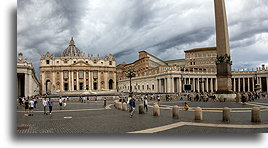
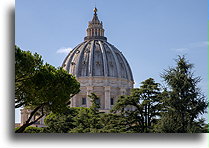
One of the holiest Catholics places and the main place of pilgrimage, St. Peter in the Vatican City is the sanctuary of St. Peter the Apostle. Construction began in 1506. Over the years, top architects and artists such as Raphael, Michelangelo and Bernini have been involved. St. Peter Basilica is regarded as the greatest building of its time. It holds the remains and relics of many important saints and popes. The building can accommodate 60,000 worshipers.
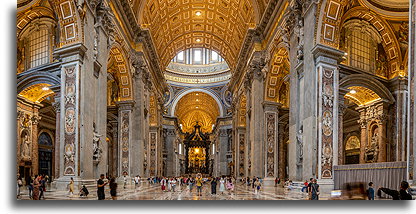
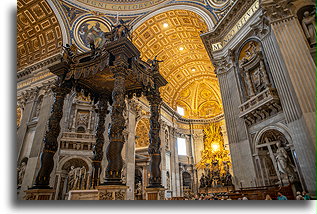
Pope Leo X had a significant influence on the construction of St. Peter. In order to raise the money, the pope decided that those who supported the construction financially would receive an indulgence. Martin Luther challenged this practice in his 95 Theses that initiated the Reformation. Based on the Bible, Luther believed that God was not corrupt and that he could not forgive sins for money. The Pope's response was to condemn the Protestant Reformation and to excommunicate Martin Luther.
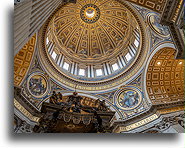
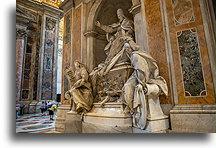
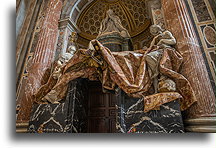
Expensive marble was needed to decorate the basilica. In Rome, the best source of the material were the old Roman buildings. The marble re-use procedure began much earlier, but the scale of construction of St. Peter opened a new chapter. Huge amounts of stone from the Colosseum and other ancient Roman structures were removed and used in the decoration of the new basilica. The colorful marble columns, arches and floors we admire today are made of stone imported by the Romans not only from all over Italy, but also from North Africa and the Middle East.




